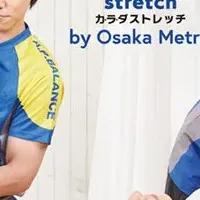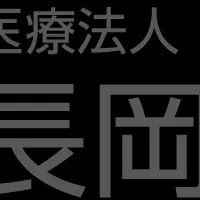
Dr. Deepak Rao Honored with the 2025 Lupus Insight Prize for Groundbreaking Research
Dr. Deepak Rao and His Critical Contributions to Lupus Research
The Lupus Research Alliance (LRA) recently celebrated the groundbreaking achievements of Dr. Deepak Rao, an eminent immunologist affiliated with Brigham and Women’s Hospital and Harvard Medical School, by granting him the prestigious 2025 Lupus Insight Prize. This award, which comes with a monetary reward of $100,000, honors leading researchers who significantly advance the understanding and treatment of lupus within a five-year timeframe. Dr. Rao's illustrious findings provide new clarity on the mechanisms causing immune imbalances in lupus.
Dr. Rao’s vital work, which was prominently published in the journal Nature, has revealed crucial insights into the dynamics of immune cells involved in lupus. Specifically, his research uncovers an imbalance between T peripheral helper (Tph) cells and T follicular helper (Tfh) cells, which are essential for assisting B cells in antibody production. The excessive presence of T helper cells alongside a diminished number of Th22 cells forms an integral part of his research, illustrating how this shift heightens the risk of inflammation and excessive B cell activation associated with lupus.
The Mechanism Behind Immune Imbalance
Through collaborative efforts with Dr. Jaehyuk Choi, an immunologist from UT Southwestern, Dr. Rao has pinpointed an overlooked regulatory pathway involving the proteins AHR and JUN. These proteins are responsible for maintaining the equilibrium between various T cell types, acting as gatekeepers to prevent an erroneous immune response. In cases of lupus, inflammatory signals—particularly from interferons—disrupt this balance. Consequently, Th22 cells—which typically promote protective immune responses—are reduced, allowing pathogenic Tph cells to proliferate excessively.
Understanding these critical mechanisms is a game-changer in lupus treatment strategies. The potential to restore AHR-JUN signaling offers a promising avenue for re-establishing immune equilibrium, thereby reducing the harmful inflammation characteristic of lupus. Dr. Rao expressed his enthusiasm about the implications of his work, stating that continued research will lead to identifying important signals and pathways that exacerbate the damaging immune response.
Impacts on Future Therapies
Recognizing the significance of these discoveries, Teodora Staeva, the Chief Scientific Officer at LRA, praised Dr. Rao’s work as transformative for lupus research. She emphasized the importance of this knowledge in paving the way toward developing targeted therapies capable of restoring balance in the immune system.
Lupus is a complex autoimmune disorder that affects millions globally, predominantly impacting women, especially those diagnosed between the ages of 15 and 45. The condition is marked by the immune system producing autoantibodies that attack the body’s own cells, leading to damage in critical organs. Unfortunately, certain demographics, including Black, Latinx, Indigenous, Asian, and Pacific Islander populations, are disproportionately affected.
As research continues to evolve, Dr. Rao’s findings implement the promise of better diagnostic tools and treatment options for lupus patients, ultimately striving for a potential cure. The LRA plays a crucial role in this mission; it stands as the largest non-governmental funder of lupus research worldwide, supporting innovative studies and scientific talent aimed at combating this challenging disease.
In conclusion, Dr. Rao’s award goes beyond mere recognition; it emphasizes the importance of continued innovative research in the ongoing battle against lupus. The LRA’s commitment to supporting such critical investigations ensures ongoing advancements in understanding and treating this complex autoimmune disorder, ultimately leading to improved outcomes and enhanced quality of life for individuals affected by lupus.
Topics Health)










【About Using Articles】
You can freely use the title and article content by linking to the page where the article is posted.
※ Images cannot be used.
【About Links】
Links are free to use.